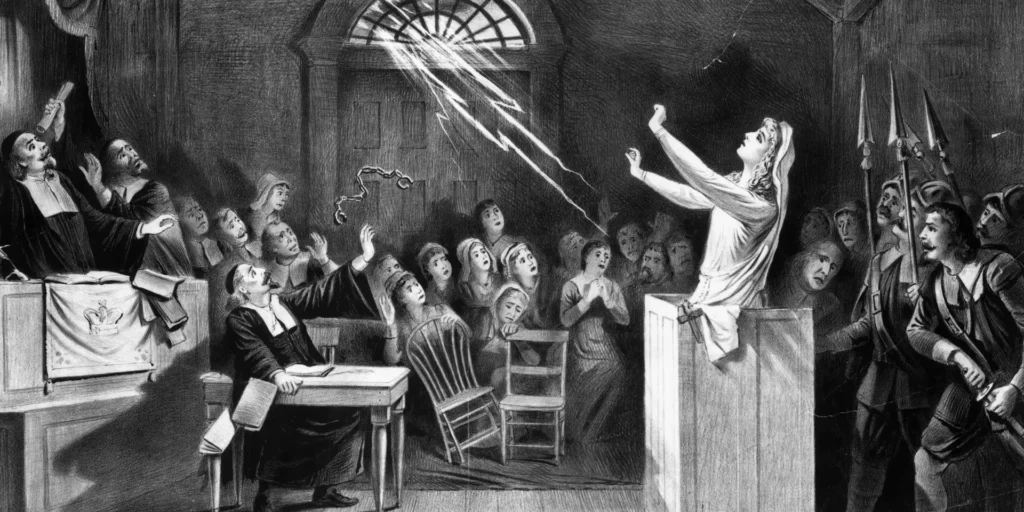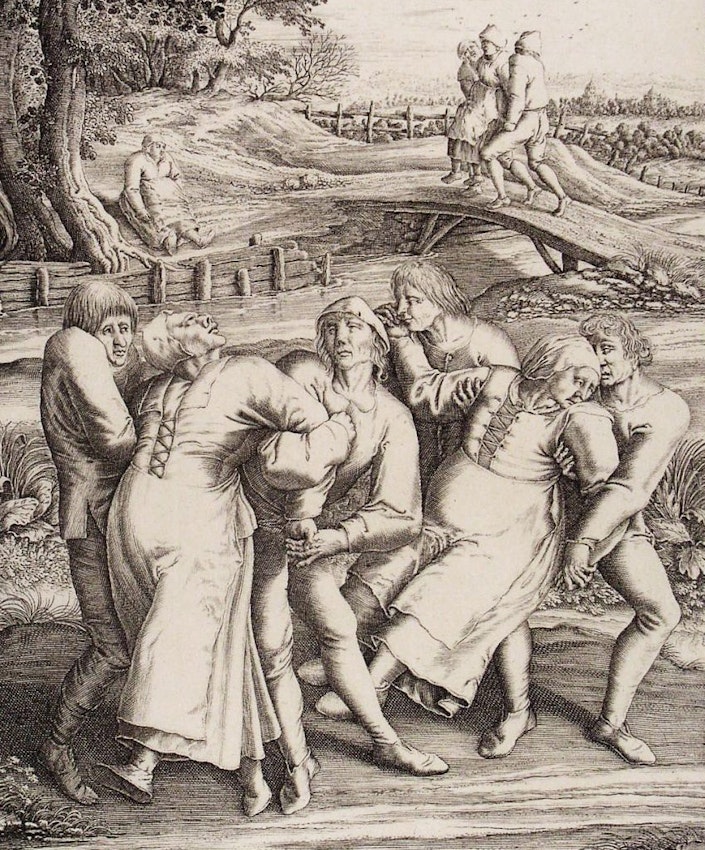
Mass hysteria, a fascinating and complex social phenomenon, occurs when a group of people collectively experience intense, often irrational, or exaggerated reactions to a perceived threat or event. This common response has the potential to cause widespread emotional excess, which is characterized by heightened anxiety and a lack of reason. Such reactions are not merely psychological but can also manifest physically, with individuals exhibiting symptoms like sickness or fatigue as part of the collective experience.
The intriguing aspect of mass hysteria is its ability to spread rapidly through communities, fueled by social dynamics and communication. Behavioral responses during these episodes can range from irrational actions and attitudes to strikingly uniform patterns of behavior among those affected. Understanding the underlying mechanisms of mass hysteria sheds light on the powerful impact of social influence and fear, providing insights into how collective human behavior can be shaped in surprising and sometimes alarming ways.
Historical Instances
Throughout history, there have been numerous instances of mass hysteria, offering a window into the social and cultural contexts of the times:
The Dancing Plague of 1518 – In July 1518, residents of Strasbourg (then part of the Holy Roman Empire) were struck by a sudden and uncontrollable urge to dance. The “dancing plague” took hold of many people, with dozens dancing for days without rest, and some even reportedly dancing to their deaths from heart attack, stroke, or exhaustion.
The Salem Witch Trials, 1692 – Perhaps one of the most infamous examples of mass hysteria, the Salem witch trials were a series of hearings and prosecutions of people accused of witchcraft in colonial Massachusetts. The hysteria began in Salem Village (now Danvers), Massachusetts, in February 1692, and led to the executions of twenty people, most of them women.
The Halifax Slasher, 1938 – In November 1938, residents of Halifax, England, reported being attacked by a mysterious man with a mallet and bright buckles on his shoes, known as the “Halifax Slasher.” The resulting mass hysteria caused several people to be falsely accused and arrested. The panic subsided when it became evident that many of the attacks were hoaxes.

Psychological and Social Dynamics
The dynamics of mass hysteria are complex and intertwined with both psychological and social factors:
Social Influence: Mass hysteria often spreads among people who have little in the way of factual information and are instead reacting to the emotions of others around them. This is particularly effective in tightly knit communities or groups where stress levels are high, and a uniform reaction may seem like the only way to deal emotionally with a threat or event.
Stress: Environmental stresses—such as economic hardship, political uncertainty, or environmental disasters—can increase the likelihood of mass hysteria. People under stress are more likely to seek comfort in collective behavior, which may include manifestations of hysteria.
The Role of Media: In modern instances, the media can play a substantial role in the propagation and intensification of mass hysteria. Sensationalist reporting can exacerbate fears and lead to wider dissemination of panic.
Recent Examples
In recent times, instances of mass hysteria have been recorded around the world. For example, in 2012, an outbreak of mysterious symptoms in upstate New York, known as the “Le Roy mystery,” affected a group of teenagers who exhibited symptoms similar to Tourette syndrome. No environmental or infectious cause was found, and the symptoms were attributed to conversion disorder and mass psychogenic illness.
Addressing mass hysteria involves both understanding its roots and applying that understanding to prevent or minimize its spread. Education, clear and transparent communication from authorities, and the responsible reporting by media can mitigate the effects of mass hysteria. Encouraging rational thinking and providing psychological support to affected individuals also play a crucial role.
Conclusion
Mass hysteria remains a potent reminder of the power of human emotions and the social networks within which we live. Understanding its triggers and the mechanisms of its spread is crucial not only for historians and psychologists but for anyone involved in managing groups in high-stress situations.
Sources
To further explore mass hysteria, the following sources provide additional insights:
- Bartholomew, Robert E., Mass Hysteria in Schools: A Worldwide History Since 1566. McFarland & Company, Inc., Publishers (2014).
- Mackay, Charles. Extraordinary Popular Delusions and the Madness of Crowds. Farrar, Straus, and Giroux, 1841.
- Showalter, Elaine. Hystories: Hysterical Epidemics and Modern Media. Columbia University Press, 1997.
This overview provides a compressed view of the extensive topic of mass hysteria. For an in-depth exploration, these sources are a great next step.
POPULAR TODAY
Here, we chronicle the significant expeditions that have sought to unravel the mystery of the Lost City of Z.
